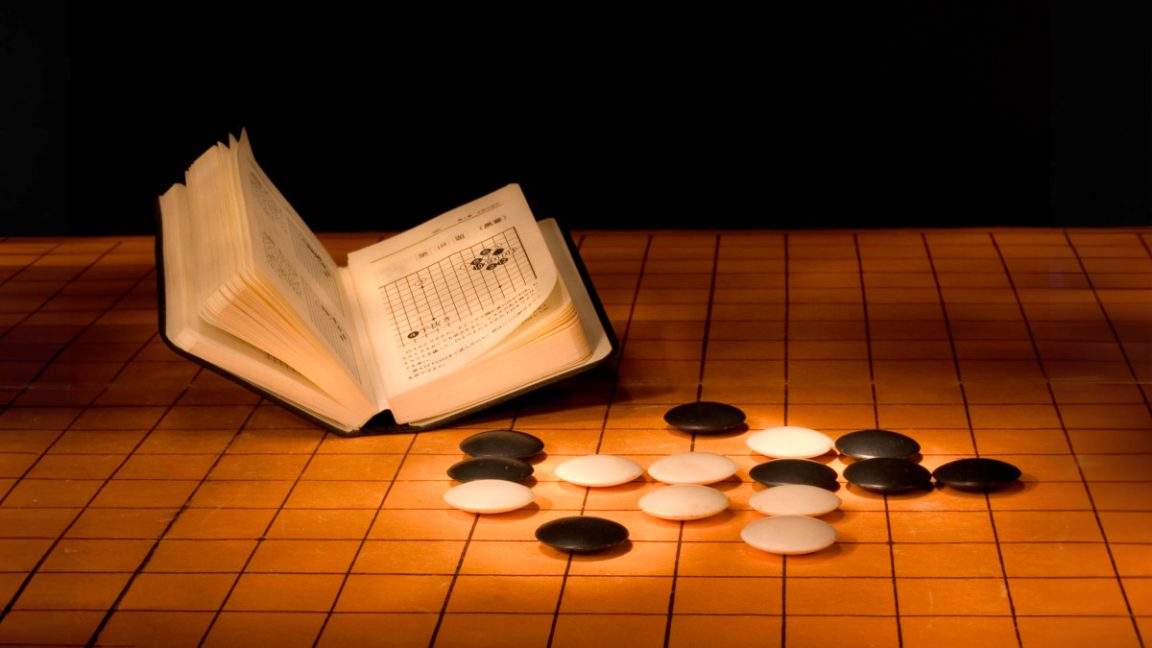But, we totally know what logic it uses.
Again, we do know - I simply didn't describe it. It is typically a "neural network" with a known topology (number of layers and connection between layers). Each neuron has some number of inputs and outputs - The weight given to each input is developed by the training process, the calculation done on the weighted inputs is known, and determines the output to the next layer.
There is no mystery here. If one wanted to, one could take all the weights, and walk through the entire operation of of the network by hand. We don't, not because we don't know the logic, but because it would be, for people, a long and tedious process.
No, the main difference is that you were inaccurate.



